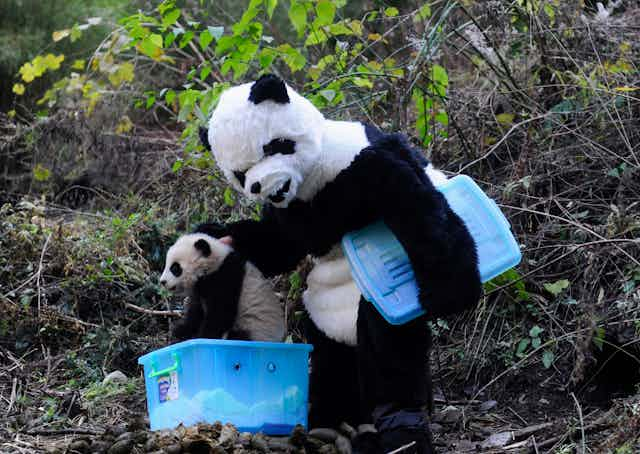When you think of China, animal welfare probably isn’t the first phrase that springs to mind. In a country known for its fur farms, bile bears and live animal eating, you could be forgiven for assuming everyone is in on the act.
Given China’s track record when it comes to animal exploitation – much of which was sanctioned by government – it’s not surprising the Middle Kingdom still has a bad reputation. A year ago, I too would have said it was accurate. But, after making two research trips to the country in the past year, I can firmly say my head has been turned. Never would I have imagined China would become one of my top countries in the world for conservation and animal welfare.
My first impression upon arriving back in Beijing after 20 years in May 2015, was not good – for a start the smog was much worse than I remembered it.
I was in the country to participate in an international zoo animal welfare conference, a workshop at Beijing Normal University, and to visit some wildlife sites in Sichuan Province. At the conference, scientists from all over China and from many Chinese zoos presented their work showing how they were creating highly-stimulating enclosures for zoo animals. It was excellent quality research. This is all the more impressive when we realise that there is not the massive public pressure found in Europe or North America to improve the well-being of captive animals.

I knew I’d see some amazing species while in China, though I expected them to be largely confined to small islands of green in the midst of a highly modified and human-impacted landscaped. But entering the mountains of Sichuan reminded me that China still has vast areas of relatively pristine land.
I visited one such area, Tangjiahe Nature Reserve, in search of large goat-like antelopes called takins and the golden snub nose monkey. Sadly, we didn’t encounter any monkeys, but I did however find the park was full of Chinese tourists. This may not sound that unusual, but – rather ironically – national parks in many less developed countries are rarely visited by the nationals of that country. Tour operators in such countries often think of ecotourism as the sole preserve of foreign tourists.
Despite what many people might think, all the national parks I visited in China were extremely well organised with great infrastructure. For example, there were CCTV cameras on trails and even on mountaintops, which permitted the observation and control of tourist behaviour in ecologically sensitive areas. In fact, tourists were only permitted entry to the best wildlife areas when accompanied by a trained guide – and special authorisation was required to enter the most sensitive areas of all.

In Chengdu I visited Animals Asia’s bear sanctuary, where bears previously kept for bile farming are rehabilitated. The sanctuary is compromised of many large and highly enriched bear enclosures, a bear hospital and a poignant bear graveyard. Currently it is home to more than 150 bears who will live out their days there in some comfort, before becoming residents of the aforementioned graveyard. This centre had been set up by Europeans, but it was largely staffed by locals doing amazing work while training other Chinese institutions.
In September 2015, I returned to China with six of my PhD students to see those elusive golden snub nose monkeys. We went to participate in a postgraduate workshop about animal conservation – and again what struck me was the passion the young Chinese scientists had for wildlife and conservation.
Yes, China still has many serious problems when it comes to animal welfare, with much of its wildlife forced to retreat into the mountain fortresses of the Tibetan Plateau. But there is hope.
China is now producing many young scientists and biologists who do not simply see their work as a job, but more as a vocation. The access these scientists have to funding and technology, and their increasing contact with foreign institutions, mean things are looking up.

